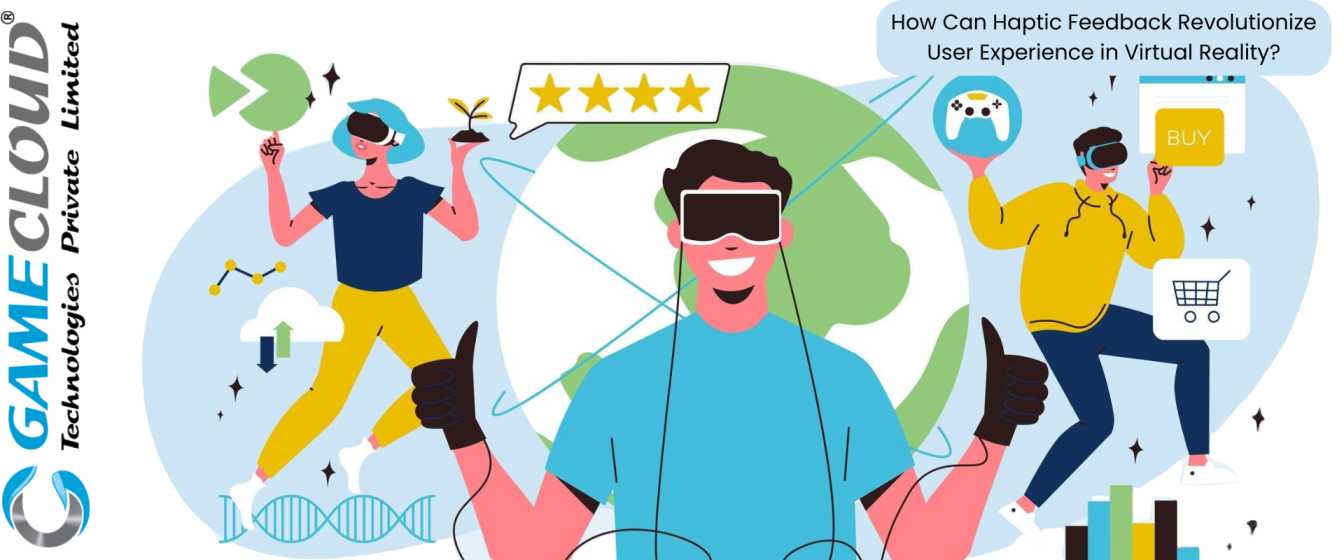
VR immerses users in computer-generated environments, often through the use of visual and auditory stimuli. It has transformed industries like gaming, education, and training by providing an engaging and interactive experience. However, for users to feel fully immersed, the experience needs to go beyond sight and sound—this is where haptic feedback plays a critical role.
Haptic feedback refers to the use of touch sensations to simulate the feeling of interacting with objects in a virtual world. By enabling users to “feel” textures, resistance, and forces, haptic technology enhances the level of immersion in VR. It bridges the gap between the virtual and physical realms, making the experience more realistic and engaging. Whether it’s the subtle vibration of a tool in a training simulation or the sensation of a virtual object in a game, haptic feedback revolutionizes how users perceive and interact with virtual environments.
The Science Behind Haptic Feedback in VR
Haptic feedback, a technology that allows users to experience touch through vibrations, forces, and motions, is at the core of enhancing VR. At its simplest, haptic technology relies on actuators, which create sensations like vibrations or resistance, mimicking real-world touch. In VR, this translates to users being able to “feel” digital objects, making the experience more immersive.
There are several types of haptic feedback used in VR. Vibrotactile feedback, commonly used in game controllers, provides tactile sensations through vibrations. Force feedback goes a step further, creating resistance or tension, allowing users to feel physical forces like pushing or pulling. Another emerging form is ultrasonic haptics, which uses sound waves to create the sensation of touch in mid-air, enhancing interaction without wearable devices.
By simulating real-world physical interaction, haptics creates a more immersive virtual experience, helping users feel as if they are truly part of the virtual environment.
Enhancing Immersion and Interaction
Haptic feedback significantly enhances realism and user engagement in VR by adding a tactile dimension that visual and auditory inputs alone cannot achieve. By simulating sensations such as touch, force, and texture, haptics allows users to feel virtual objects, making interactions more believable. This immersive experience is especially valuable in industries like gaming, where players can feel resistance when using virtual tools or weapons, adding depth to gameplay. The inclusion of body-based haptics, such as vests and gloves, increases a player’s sense of presence and enjoyment.
In education and training simulations, haptic feedback enables more effective learning by allowing users to physically interact with virtual environments. For example, medical students can practice surgeries with haptic-enabled tools, experiencing realistic tissue resistance, which improves their precision and skill.
Haptic feedback also enhances emotional engagement, helping users feel more connected to the virtual world, ultimately creating a more interactive and believable experience.
Elevate Your Virtual Experience with QualityReality
At QualityReality, we specialize in testing and optimizing virtual and augmented reality applications to ensure top-tier performance. Our comprehensive services focus on functionality, compatibility, and user experience, helping developers refine their projects for a seamless launch. From VR gaming to educational platforms, we are dedicated to delivering quality through thorough testing and optimization. Our goal is to enhance immersion and reliability, allowing users to fully engage with your VR and AR content.
Conclusion
Haptic feedback revolutionizes virtual reality by bridging the gap between the digital and physical worlds, allowing users to feel and interact with virtual environments. Its ability to enhance immersion creates more engaging and realistic experiences. As haptics continues to evolve, it holds the potential to transform industries like gaming, healthcare, and education, shaping the future of VR development.
For Know More Contact-Now
